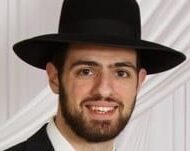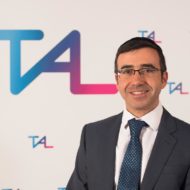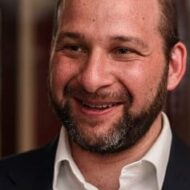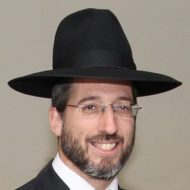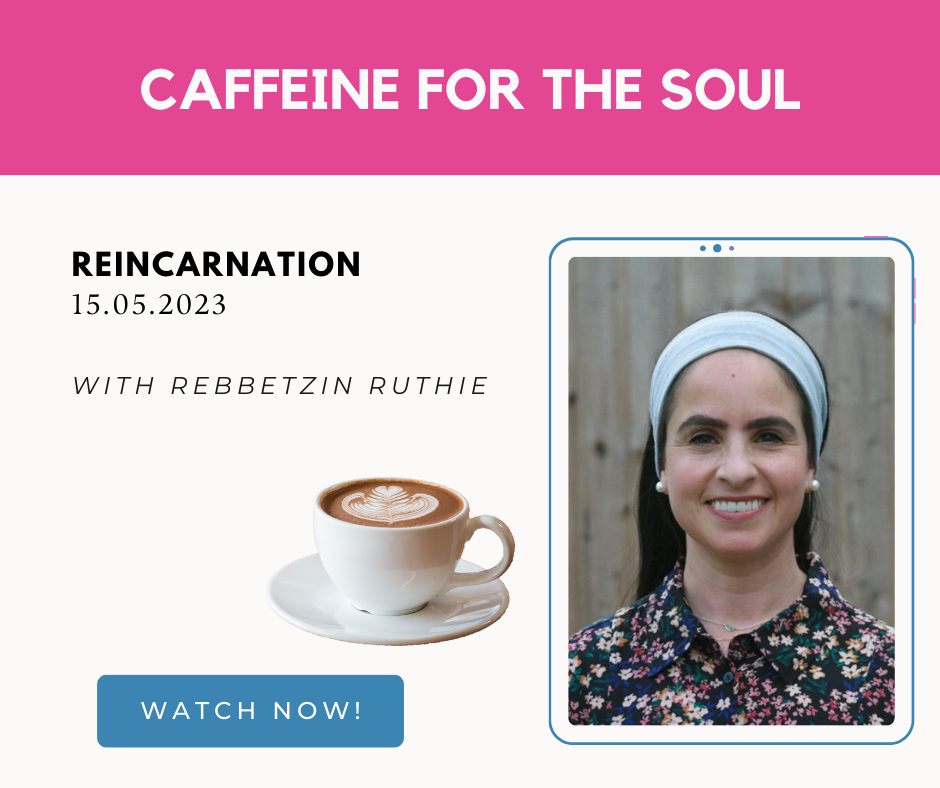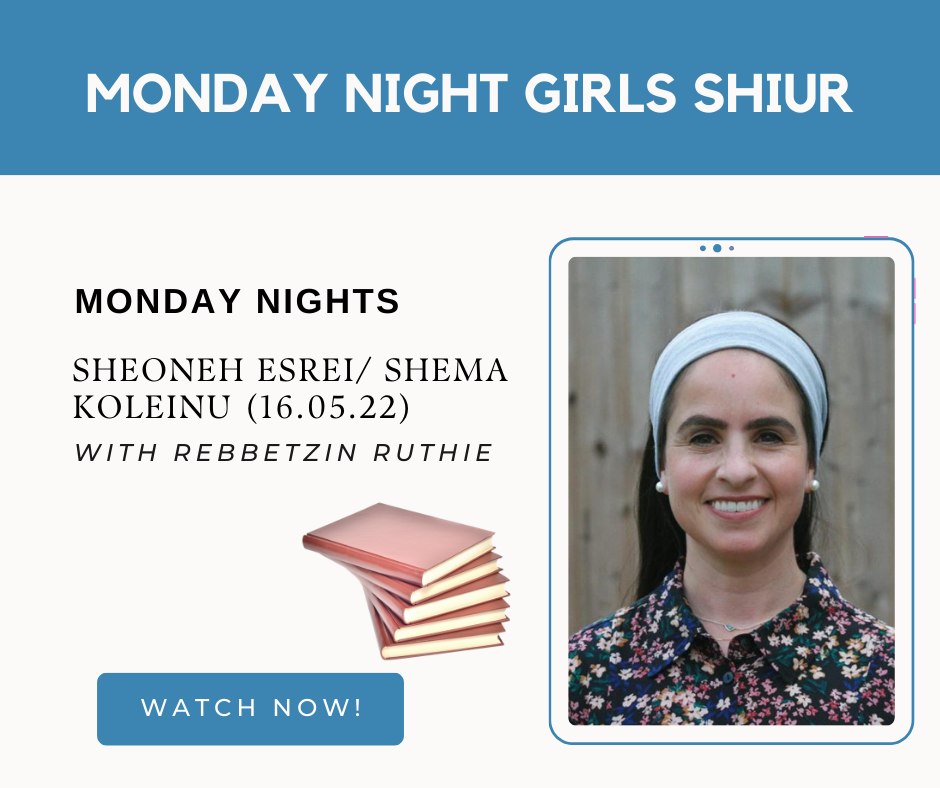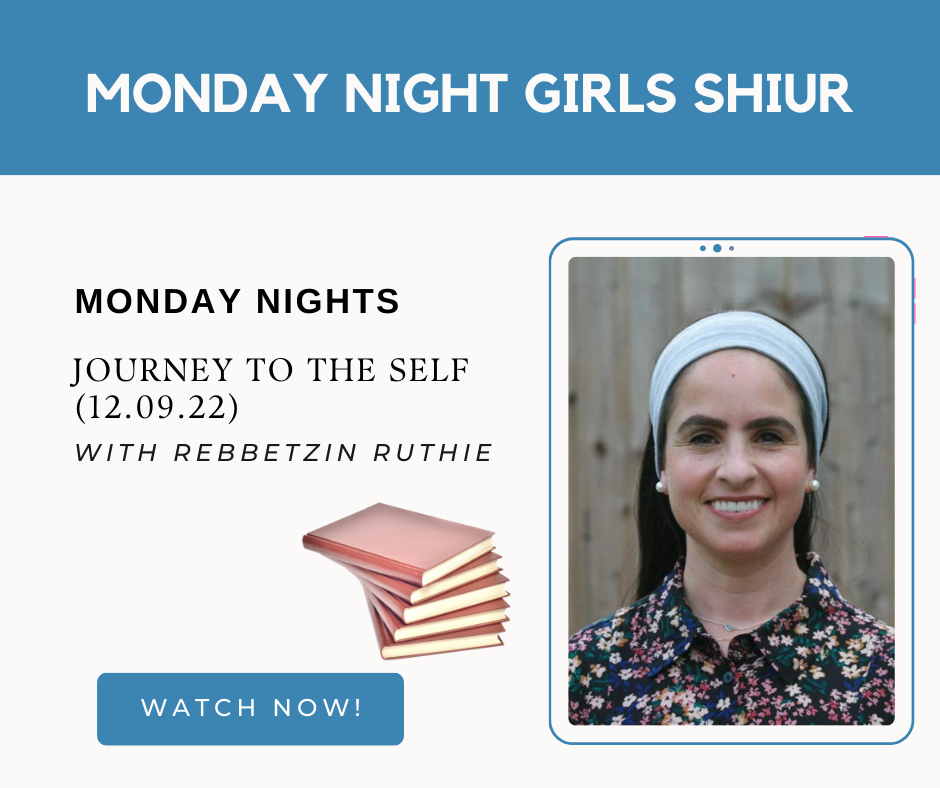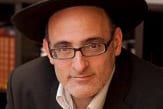
I don’t know about you, but I love Pesach. It’s a time for family, stories, soft matzah (for us Sephardim) and of course, time off school/work.
The overriding theme about the holiday of Pesach is the notion of freedom, liberation – emancipation. But one look out of the window by anyone with a ‘mashehu’ of intelligence will reveal that we are anything but free. If you work for a non_jewish company, try taking off early Fridays in the winter. Doesn’t really make for a popular relationship with the boss, does it?
So how do we understand these two opposing concepts?
The Hagadah, that mysterious authorless sefer that we drowsily read on Seder night, begins with a preface. We point to the matza and recite: “Ha lachma anya. This is the poor bread that our fathers ate in the land of Egypt.” The short paragraph ends with the hopeful words, “this year we are here; next year we will be in the land of Israel. This year we are restricted next year we will be free.”
Immediately after this statement the children all gather round and watch as the youngest of them asks the mah nishtana, noting how different this night is from all other nights. We respond to the questions by explaining that we were once slaves and Hashem redeemed us. We give the impression to our children that tonight we celebrate our liberation. Yet minutes prior we told our children that we are presently enslaved and restricted. It seems that our reply contradicts our previous declarations that “this year we are restricted next year we will be free.” What is the truth? Are we free or are we slaves? If we are free then what is meant by the verses in ha lachma anya? And if we are not free, then what is the meaning of the Seder?
Hopefully the following vignette will explain. Two weeks after Anatoly (Natan) Sharansky was sent to Vladimir prison to fill a 13-year sentence, he was led to a meeting. To his shock, across the table sat his mother and brother Lenya. Though the conversation was never allowed to lead to anything substantial, it was quickly terminated and the guests were asked to leave. When the guard announced that time was up Lenya pointed to the name boldly printed on Sharansky’s prisoner’s garb. “Tolya, you have your name on your outfit. I have it on mine too!” With that Lenya lifted his shirt to reveal a T-shirt with a picture of Anatoly and the words, in English “Free Anatoly Sharansky!” The guard quickly pushed the guests out of the room and snapped at Sharansky. “You will not see anyone for at least six months. Then he added sarcastically, “that’s too bad.”
“My sentence will end one day,” Sharansky replied, “but what about yours? You are going to spend your whole life in jail!”
The Hagadah teaches us that there is room to be trapped in a country, in a civilization, or even in a jail – and still be free. The dreams and aspirations that were set with the liberation of soul and body thousands of years ago have become the symbolic unshackling of every one of our mortal restraints. We may be behind Iron Curtains or even iron bars, but we have the vision of freedom. We have the knowledge and experience that there is a better, more spiritual, even a more meaningful world lying past the border of complacency. The guard who sneers behind his desk in Siberia is eternally subjugated while perceiving that he is free. We Jews, on the other hand, have the vision for true freedom, the aspirations for a better life, a better land, and a better existence that keeps us free despite the chains of our mortality.
We may begin the Seder with the words, “now we are bound, next year we will be free,” but those are only comments about physical freedom. They apply to the mortal bodies trapped in Auschwitz, in the Gulag, or in the depths of poverty and debt even in the most democratic of countries. But the dreams of true freedom and spiritual redemption were fulfilled over 3,000 years ago near the banks of the Nile. And that emancipation of the Jewish People will never be subject to chains. That is the freedom that no one can take from us. Those are the hopes that we all can live and relive. That is the story of our emergence to freedom. It lives on forever. And anyone can relive it – anywhere, anytime. All you need is a vision and a dream.
As Rav Yosef Kahaneman famously said – “I may be dreaming – but I’m not sleeping”.
